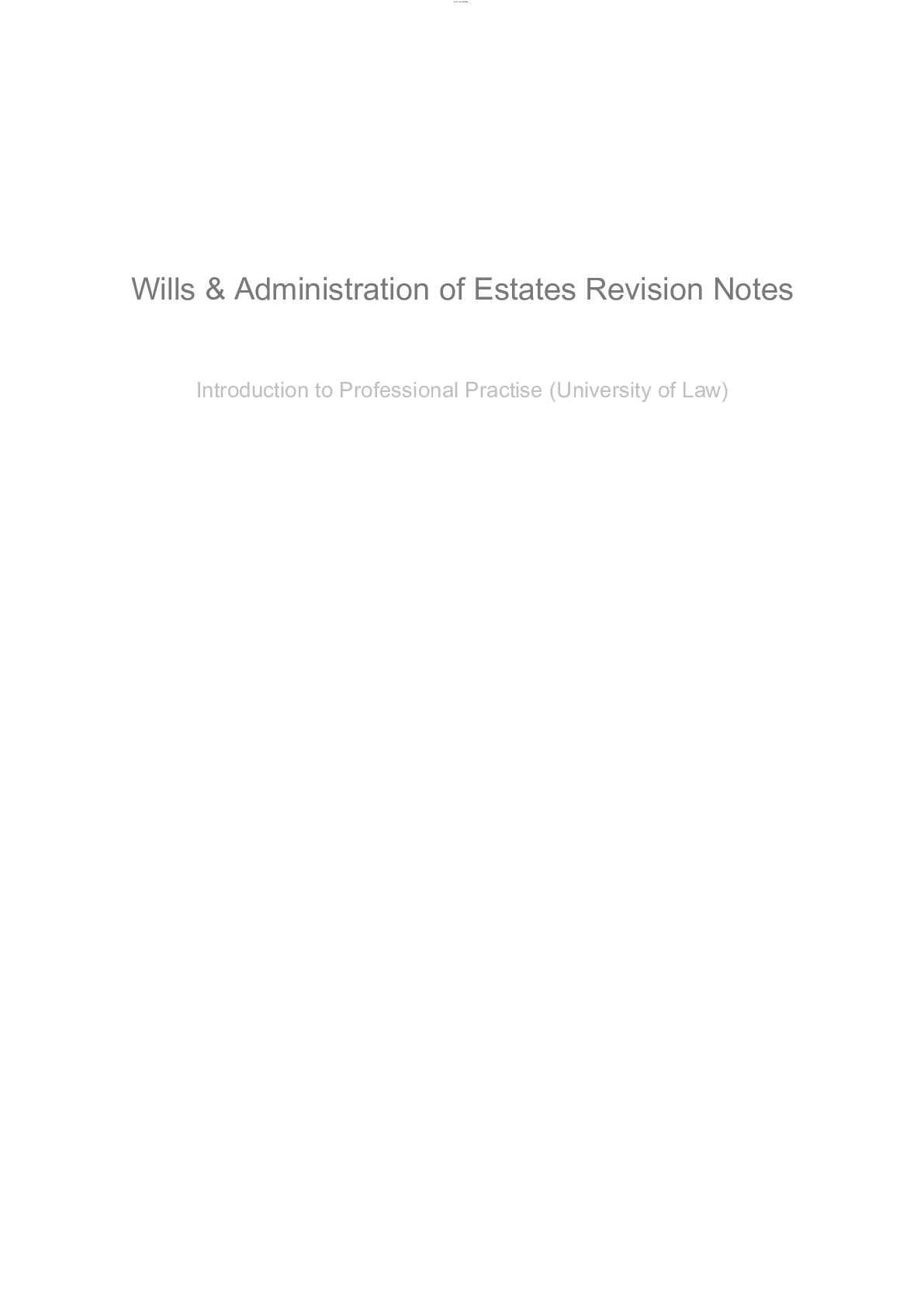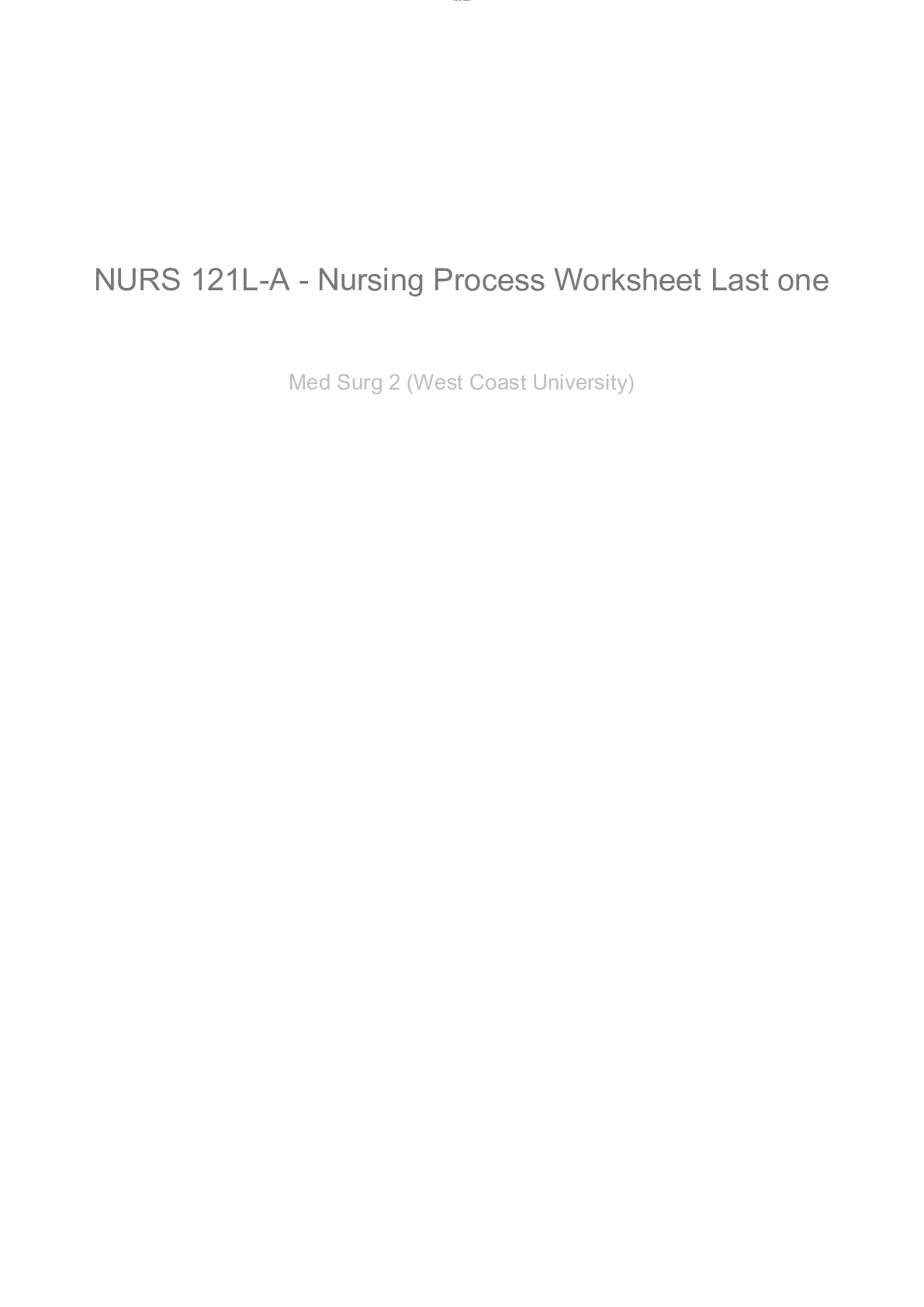Biology > Study Notes > BIOLOGY- AS AS-Level Biology (New Spec) SnapRevise Notes ( High Quality Notes) (All)
BIOLOGY- AS AS-Level Biology (New Spec) SnapRevise Notes ( High Quality Notes)
Document Content and Description Below
I have designed and compiled these beautiful notes to provide a detailed but concise summary of this module. I have spent a lot of time perfecting the content as well as the presentation to mak... e your learning as easy as possible and less daunting.3 INDEX MODULE 2: FOUNDATIONS IN BIOLOGY . . . . . . . . . . 7 TOPIC 1: CELL STRUCTURE . . . . . . . . . . . . . . . . . . . . . . . . 8 1. Microscopy . . . . . . . . . . . . . . . . . . . . . . . . . . . . . . . . . . . . . . . . . . . . . . 9 2. Light & Electron Microscopy . . . . . . . . . . . . . . . . . . . . . . . . . . . . . . . . . . . 10 3. Cell Structure . . . . . . . . . . . . . . . . . . . . . . . . . . . . . . . . . . . . . . . . . . . . 13 4. Magnification Formula . . . . . . . . . . . . . . . . . . . . . . . . . . . . . . . . . . . . . . 14 5. Magnification vs. Resolution . . . . . . . . . . . . . . . . . . . . . . . . . . . . . . . . . . . 14 6. Eukaryotic Cells & Cellular Components . . . . . . . . . . . . . . . . . . . . . . . . . . . . 15 7. Organelles Involved in the Production & Secretion of Proteins . . . . . . . . . . . . . . . 18 8. Cytoskeleton . . . . . . . . . . . . . . . . . . . . . . . . . . . . . . . . . . . . . . . . . . . . 18 9. Structure & Ultrastructure of Prokaryotic & Eukaryotic Cells . . . . . . . . . . . . . . . . 19 TOPIC 2: BIOLOGICAL MOLECULES . . . . . . . . . . . . . . . . . . 21 1. Hydrogen Bonding . . . . . . . . . . . . . . . . . . . . . . . . . . . . . . . . . . . . . . . . 22 2. Monomers & Polymers . . . . . . . . . . . . . . . . . . . . . . . . . . . . . . . . . . . . . . 24 3. Biological Molecules and Their Chemical Elements . . . . . . . . . . . . . . . . . . . . . . 24 4 Glucose and Ribose . . . . . . . . . . . . . . . . . . . . . . . . . . . . . . . . . . . . . . . 25 5. Formation and Breakage of Glycosidic Bonds . . . . . . . . . . . . . . . . . . . . . . . . . 26 6. Starch, Glycogen & Cellulose . . . . . . . . . . . . . . . . . . . . . . . . . . . . . . . . . . . 27 7. Triglycerides and Phospholipids . . . . . . . . . . . . . . . . . . . . . . . . . . . . . . . . 28 8. The General Structure of an Amino Acid . . . . . . . . . . . . . . . . . . . . . . . . . . . . 30 9. Dipeptides, Polypeptides and Peptide Bonds . . . . . . . . . . . . . . . . . . . . . . . . . 31 10. The Levels of Protein Structure . . . . . . . . . . . . . . . . . . . . . . . . . . . . . . . . . 32 11. Globular and Fibrous Proteins . . . . . . . . . . . . . . . . . . . . . . . . . . . . . . . . . . 34 12. Inorganic Ions . . . . . . . . . . . . . . . . . . . . . . . . . . . . . . . . . . . . . . . . . . . 35 13. Chemical Tests . . . . . . . . . . . . . . . . . . . . . . . . . . . . . . . . . . . . . . . . . . . 35 14. Concentration of a Chemical Substance in a Solution . . . . . . . . . . . . . . . . . . . . 36 15. Thin Layer Chromatography . . . . . . . . . . . . . . . . . . . . . . . . . . . . . . . . . . . 37 TOPIC 3: NUCLEOTIDES & NUCLEIC ACIDS. . . . . . . . . . . . . . 38 1. Nucleotides & Polynucleotides. . . . . . . . . . . . . . . . . . . . . . . . . . . . . . . . . . 39 2. ADP & ATP . . . . . . . . . . . . . . . . . . . . . . . . . . . . . . . . . . . . . . . . . . . . . 40 3. Deoxyribonucleic Acid (DNA) . . . . . . . . . . . . . . . . . . . . . . . . . . . . . . . . . . . 404 4. Semi-Conservative DNA Replication . . . . . . . . . . . . . . . . . . . . . . . . . . . . . . 42 5. The Genetic Code . . . . . . . . . . . . . . . . . . . . . . . . . . . . . . . . . . . . . . . . . 43 6. Transcription and Translation of Genes . . . . . . . . . . . . . . . . . . . . . . . . . . . . 43 TOPIC 4: ENZYMES . . . . . . . . . . . . . . . . . . . . . . . . . . . 45 1. Enzymes & Catalysing Reactions. . . . . . . . . . . . . . . . . . . . . . . . . . . . . . . . . 46 2. Enzyme Action . . . . . . . . . . . . . . . . . . . . . . . . . . . . . . . . . . . . . . . . . . . 46 3. Factors Affecting Enzyme Activity . . . . . . . . . . . . . . . . . . . . . . . . . . . . . . . . 48 4. Coenzymes, Cofactors & Prosthetic Groups . . . . . . . . . . . . . . . . . . . . . . . . . . . . 50 5. Inhibitors & Enzyme-Controlled Reactions . . . . . . . . . . . . . . . . . . . . . . . . . . . 51 TOPIC 5: BIOLOGICAL MEMBRANES . . . . . . . . . . . . . . . . . 53 1. Role of Membranes . . . . . . . . . . . . . . . . . . . . . . . . . . . . . . . . . . . . . . . . 54 2. The Fluid Mosaic Model . . . . . . . . . . . . . . . . . . . . . . . . . . . . . . . . . . . . . 54 3. Membrane Structure and Permeability . . . . . . . . . . . . . . . . . . . . . . . . . . . . . 55 4. The Movement Molecules Across Membranes . . . . . . . . . . . . . . . . . . . . . . . . 55 TOPIC 6: CELL DIVISION, CELL DIVERSITY AND CELL ORGANISATION . . . . . . . . . . . . . . . . . . . . . . . 58 1. The Cell Cycle. . . . . . . . . . . . . . . . . . . . . . . . . . . . . . . . . . . . . . . . . . . . 59 2. How the Cell Cycle is Regulated . . . . . . . . . . . . . . . . . . . . . . . . . . . . . . . . . 60 3. The Main Stages of Mitosis . . . . . . . . . . . . . . . . . . . . . . . . . . . . . . . . . . . . 60 4. The Significance of Mitosis in Life Cycles . . . . . . . . . . . . . . . . . . . . . . . . . . . . 63 5. The Significance of Meiosis in Life Cycles . . . . . . . . . . . . . . . . . . . . . . . . . . . 63 6. Stages of Meiosis . . . . . . . . . . . . . . . . . . . . . . . . . . . . . . . . . . . . . . . . . 64 7. Cells of Multicellular Organisms and their specialised Functions . . . . . . . . . . . . . . 66 8. Tissues, Organs and Organ systems . . . . . . . . . . . . . . . . . . . . . . . . . . . . . . 67 9. Stem Cells . . . . . . . . . . . . . . . . . . . . . . . . . . . . . . . . . . . . . . . . . . . . . 67 10. Erythrocytes & Neutrophils Derived from Stem Cells in Bone Marrow. . . . . . . . . . . 68 11. Xylem Vessels & Phloem Sieve Tubes . . . . . . . . . . . . . . . . . . . . . . . . . . . . . 68 12. The Potential of Stem Cells in Research & Medicine . . . . . . . . . . . . . . . . . . . . . 69 MODULE 3:EXCHANGE AND TRANSPORT . . . . . . . . . 71 TOPIC 1: EXCHANGE SURFACES . . . . . . . . . . . . . . . . . . . . 72 1. The Need for Specialised Exchange Surfaces . . . . . . . . . . . . . . . . . . . . . . . . . 73 2. Efficient Exchange Surface . . . . . . . . . . . . . . . . . . . . . . . . . . . . . . . . . . . . 74 3. Components of the Mammalian Gaseous Exchange System . . . . . . . . . . . . . . . . 74 4. Ventilation in Mammals. . . . . . . . . . . . . . . . . . . . . . . . . . . . . . . . . . . . . . 755 5. The Relationship Between Vital Capacity, Tidal Volume, Breathing Rate & Oxygen Uptake . . . . . . . . . . . . . . . . . . . . . . . . . . . . . . . . 76 6. Ventilation and Gas Exchange in Bony Fish and Insects . . . . . . . . . . . . . . . . . . . 77 TOPIC 2: TRANSPORT IN ANIMALS . . . . . . . . . . . . . . . . . . 79 1. Transport Systems in Multicellular Animals . . . . . . . . . . . . . . . . . . . . . . . . . . 80 2. Types of Circulatory Systems. . . . . . . . . . . . . . . . . . . . . . . . . . . . . . . . . . . 80 3. Arteries, Arterioles, Capillaries, Venules and Veins . . . . . . . . . . . . . . . . . . . . . . 81 4. The Formation of Tissue Fluid from Plasma . . . . . . . . . . . . . . . . . . . . . . . . . . 83 5. The Structure of the Mammalian Heart. . . . . . . . . . . . . . . . . . . . . . . . . . . . . 85 6. The Cardiac Cycle . . . . . . . . . . . . . . . . . . . . . . . . . . . . . . . . . . . . . . . . . 85 7. The Use and Interpretation of Electrocardiograms (ECG) . . . . . . . . . . . . . . . . . . 87 8. The Role of Haemoglobin in Transporting Oxygen and Carbon Dioxide . . . . . . . . . . 88 9. The Oxygen Dissociation Curve for Fetal and Adult Human Haemoglobin . . . . . . . . 90 TOPIC 3: TRANSPORT IN PLANTS . . . . . . . . . . . . . . . . . . . 91 1. The Need for Transport Systems in Multicellular Plants . . . . . . . . . . . . . . . . . . . 92 2. The Vascular System in the Roots, Stems and Leaves of Herbaceous Dicotyledonous Plants . . . . . . . . . . . . . . . . . . . . . . . . . . . . . 92 3. Transpiration and & Transpiration Rate . . . . . . . . . . . . . . . . . . . . . . . . . . . . 94 4. The Movement of Water & Plants . . . . . . . . . . . . . . . . . . . . . . . . . . . . . . . . 95 5. Adaptations of Plants & The Availability . . . . . . . . . . . . . . . . . . . . . . . . . . . . 98 6. The Mechanism of Translocation . . . . . . . . . . . . . . . . . . . . . . . . . . . . . . . 100 MODULE 4: BIODIVERSITY, EVOLUTION AND DISEASE 102 TOPIC 1: COMMUNICABLE DISEASES, DISEASE PREVENTION & THE IMMUNE SYSTEM. . . . . . . . . . . . . . . . . . . . . . 103 1. The Different Pathogens that Cause Diseases in Plants and Animals. . . . . . . . . . . 104 2. The Means of Transmission of Animal & Plant Communicable Pathogens . . . . . . . 106 3. Plant Defences Against Pathogens . . . . . . . . . . . . . . . . . . . . . . . . . . . . . . 107 4. The Primary Non-specific Defences Against Pathogens in Animals . . . . . . . . . . . . 108 5. The Structure & Mode of Action of Phagocytes . . . . . . . . . . . . . . . . . . . . . . . 110 6. B and T lymphocytes in The Specific Immune Response . . . . . . . . . . . . . . . . . . 111 7. The Structure & General Functions of Antibodies . . . . . . . . . . . . . . . . . . . . . . 113 8. Active, Passive, Natural and Artificial immunity . . . . . . . . . . . . . . . . . . . . . . . 115 9. Autoimmune Diseases . . . . . . . . . . . . . . . . . . . . . . . . . . . . . . . . . . . . . 115 10. Vaccination & The Prevention of Epidemics . . . . . . . . . . . . . . . . . . . . . . . . . 115 11. Possible Sources of Medicines . . . . . . . . . . . . . . . . . . . . . . . . . . . . . . . . . 116 12. The Benefits & Risks of Using Antibiotics to Manage Bacterial Infection . . . . . . . . . 1176 TOPIC 2: BIODIVERSITY. . . . . . . . . . . . . . . . . . . . . . . . 119 1. Biodiversity at Different Levels. . . . . . . . . . . . . . . . . . . . . . . . . . . . . . . . . 120 2. Sampling and Measuring the Biodiversity of a Habitat . . . . . . . . . . . . . . . . . . . 121 3. How Genetic Biodiversity is Assessed . . . . . . . . . . . . . . . . . . . . . . . . . . . . . 123 4. The Factors Affecting Biodiversity . . . . . . . . . . . . . . . . . . . . . . . . . . . . . . . 124 5. Reasons to Maintain Biodiversity . . . . . . . . . . . . . . . . . . . . . . . . . . . . . . . 125 6. In Situ and Ex Situ Methods of Maintaining Biodiversity . . . . . . . . . . . . . . . . . . 126 7. International & Local Conservation Agreements Made to Protect Species & Habitats . . . . . . . . . . . . . . . . . . . . . . . . . . . . . . . . . 128 TOPIC 3: CLASSIFICATION AND EVOLUTION . . . . . . . . . . . 129 1. The Biological Classification of Species . . . . . . . . . . . . . . . . . . . . . . . . . . . . 130 2. The Evidence for The Theory of Evolution by Natural Selection . . . . . . . . . . . . . 132 3. The Different Types of Variation . . . . . . . . . . . . . . . . . . . . . . . . . . . . . . . . 134 4. The Different Types of Adaptations of Organisms to Their Environment . . . . . . . . 136 5. Natural Selection and its Effect on the Characteristics of a Population Over Time . . . 136 6. Evolution and its Implications for Human Populations . . . . . . . . . . . . . . . . . . . 138FOUNDATIONS IN BIOLOGY MODULE 2TOPIC 1 Cell Structuresnaprevise.co.uk 9 Cell Structure 1 Microscopy Scientists use a range of different types of microscopes to observe Eukaryotic cells and their structures, which are too small to see with the naked eye: [Show More]
Last updated: 1 year ago
Preview 1 out of 138 pages

Reviews( 0 )
Document information
Connected school, study & course
About the document
Uploaded On
Aug 28, 2021
Number of pages
138
Written in
Additional information
This document has been written for:
Uploaded
Aug 28, 2021
Downloads
0
Views
50


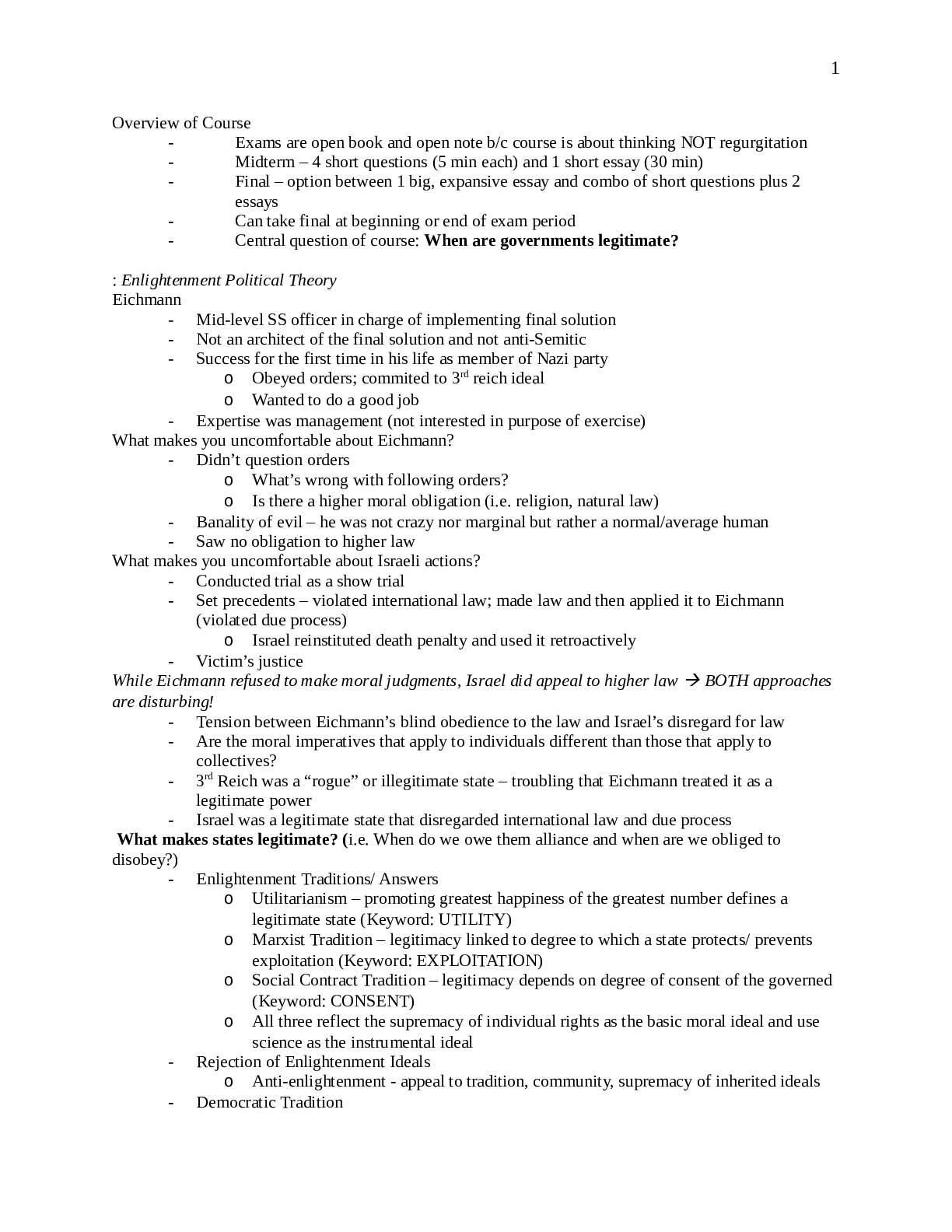

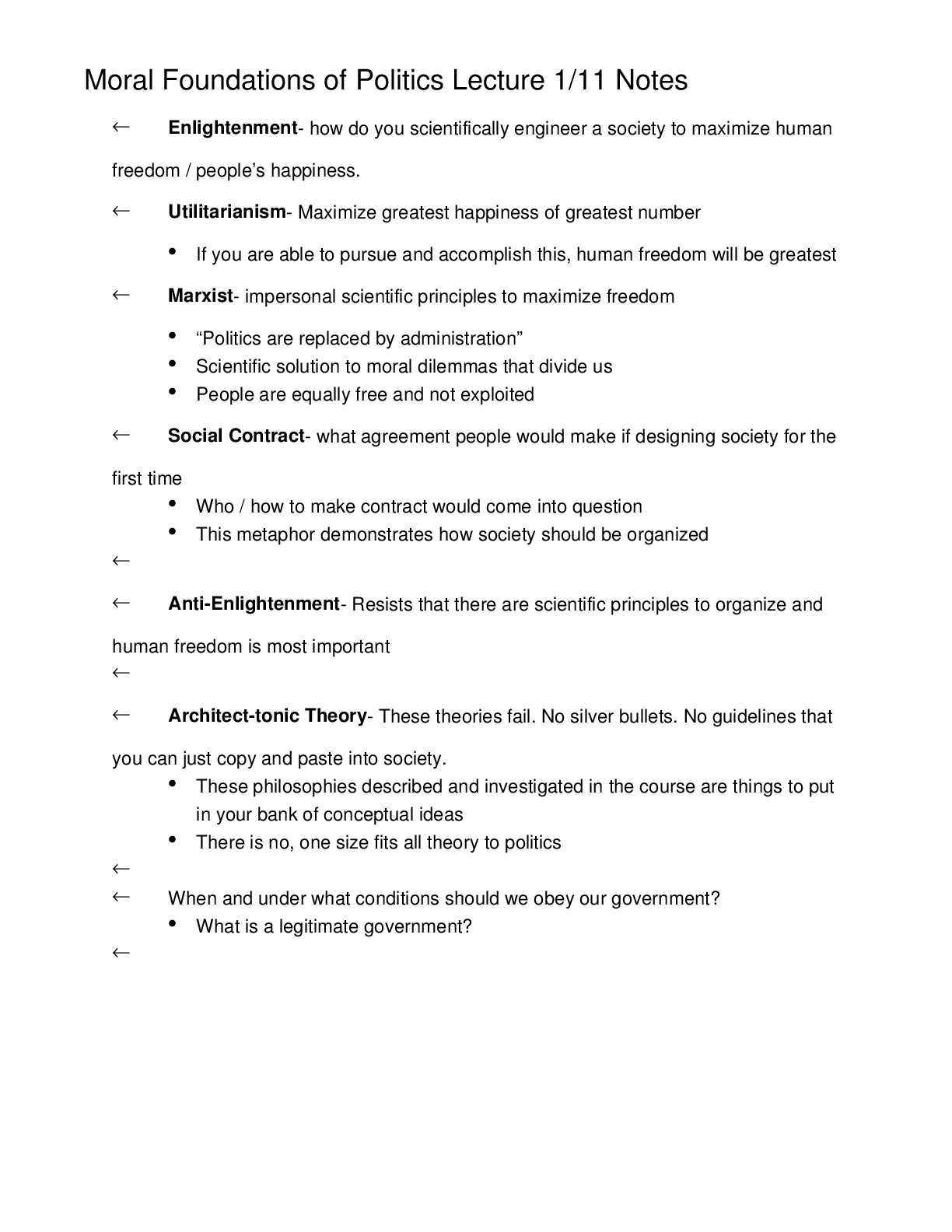
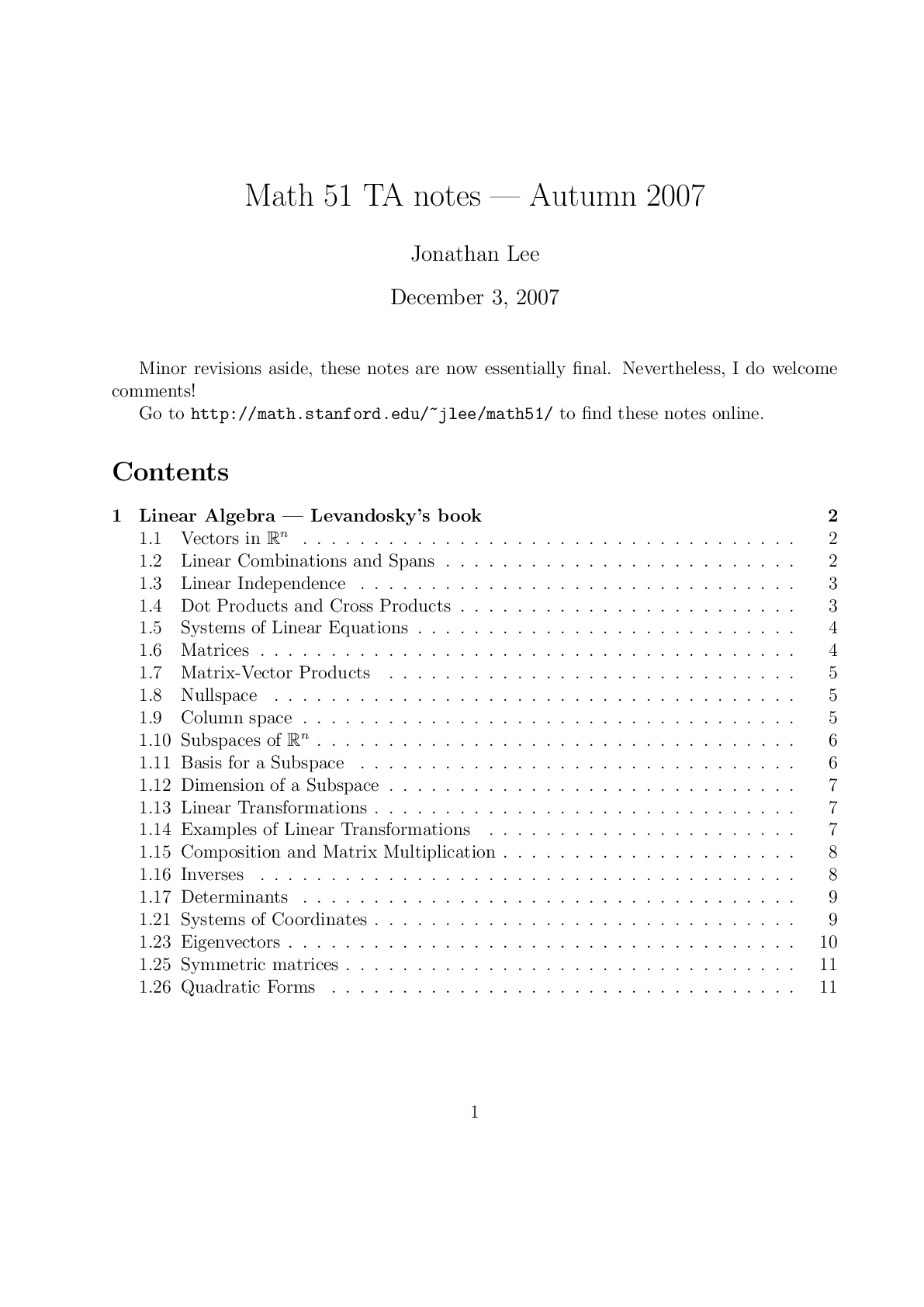

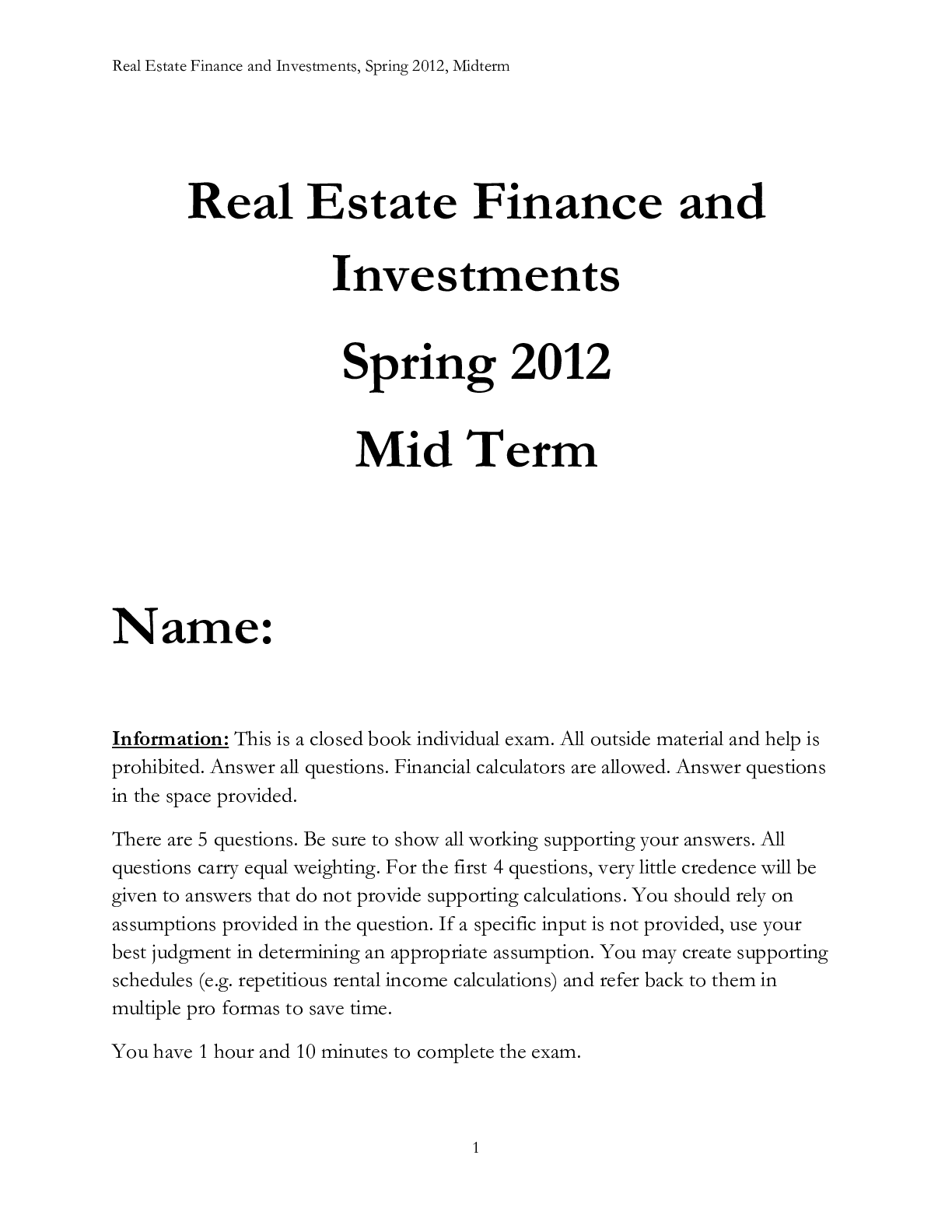

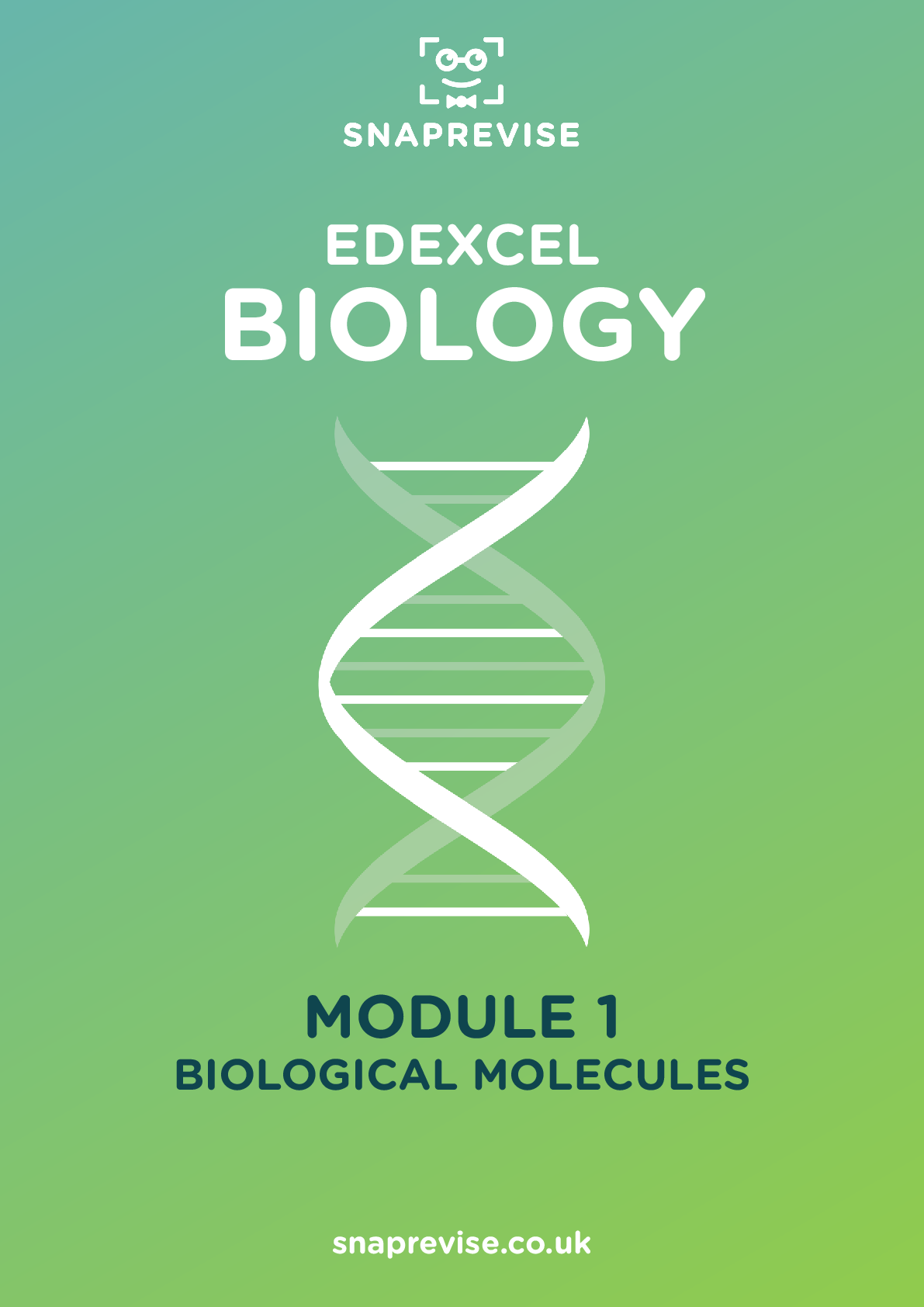
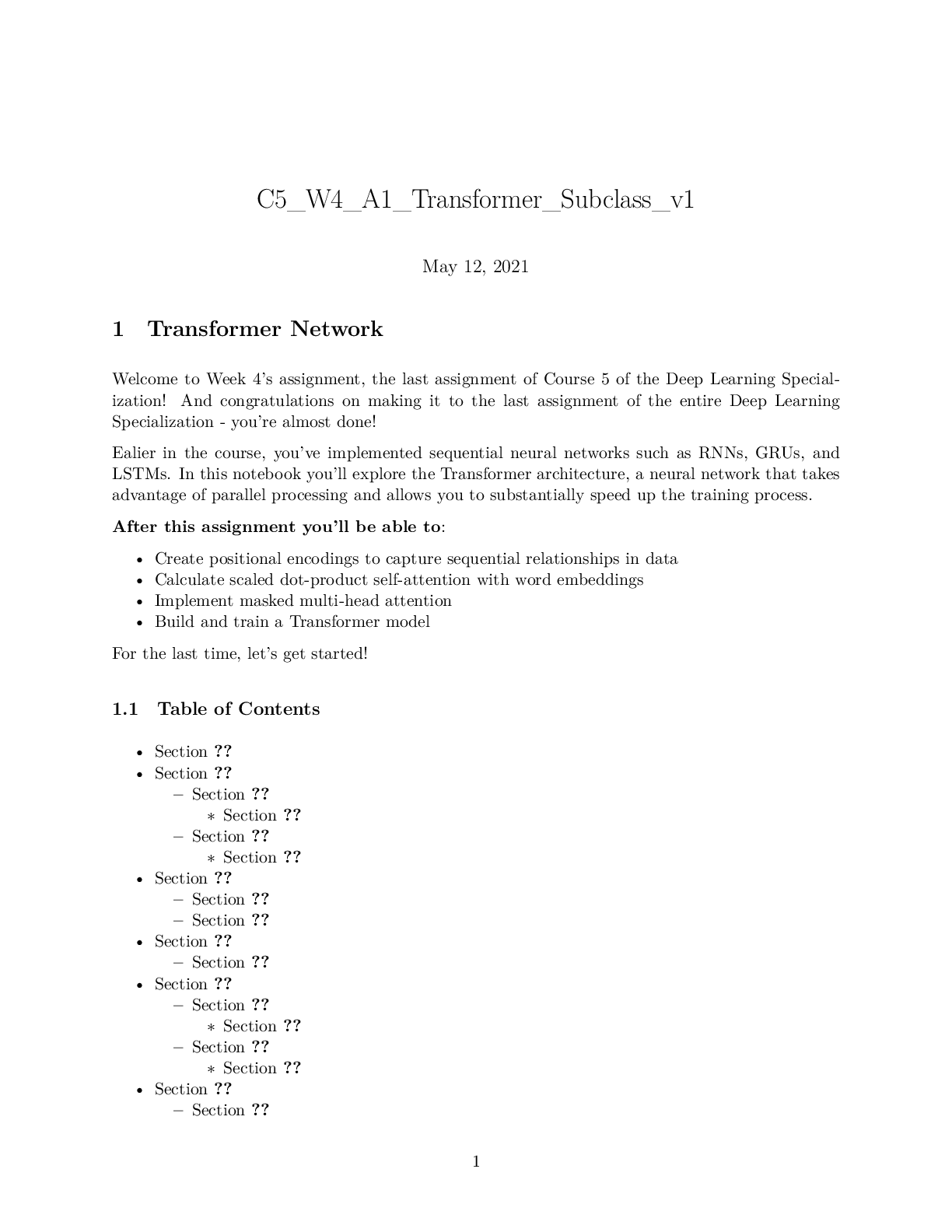
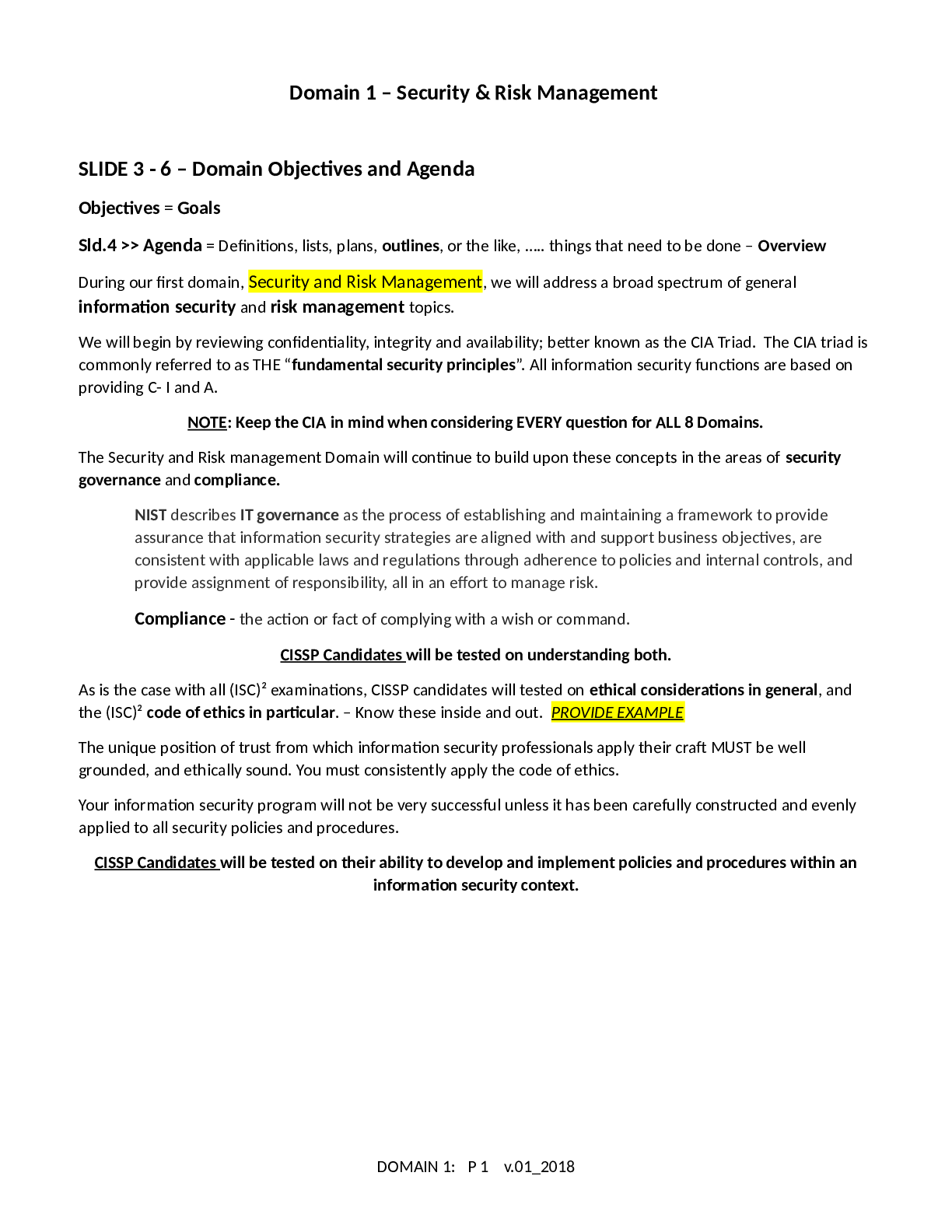
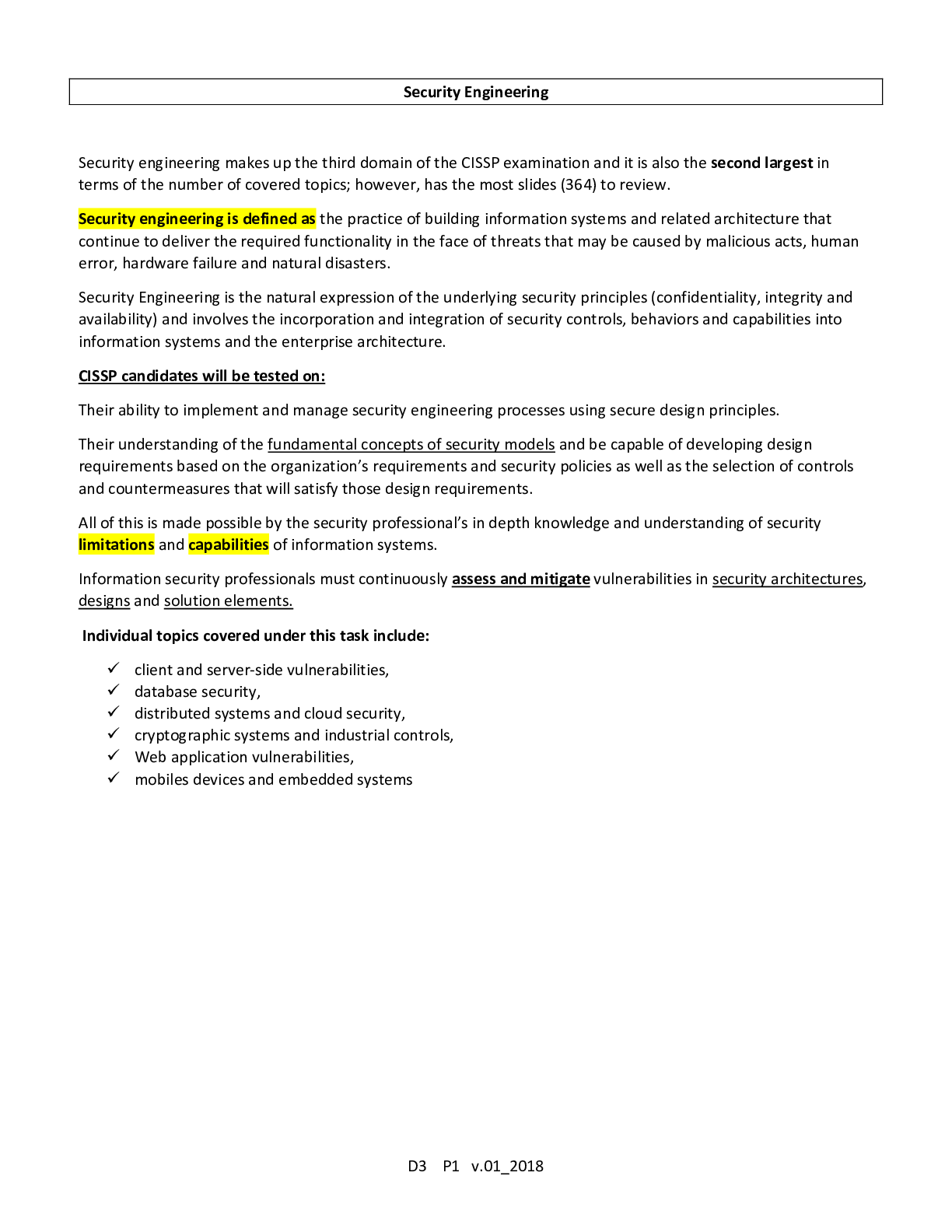
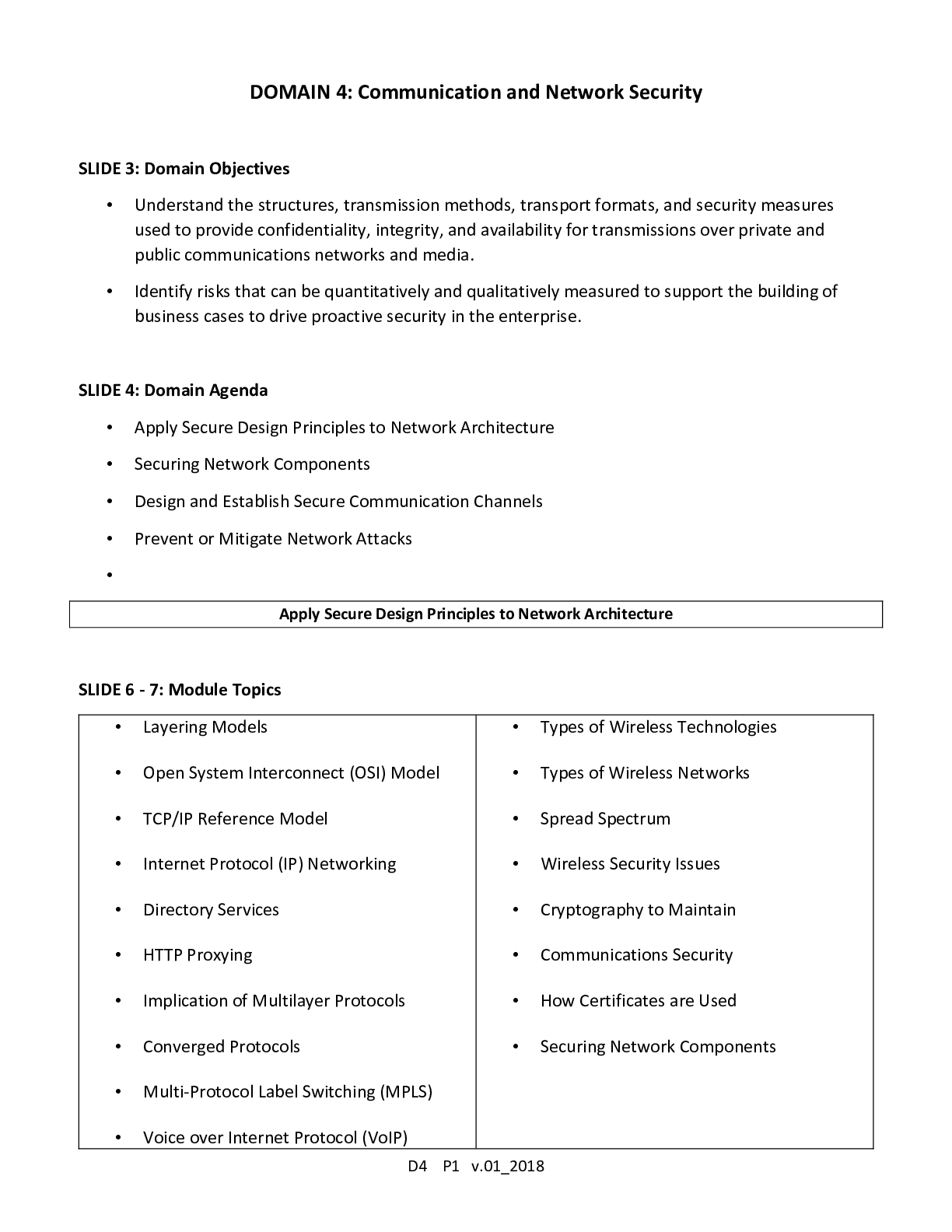
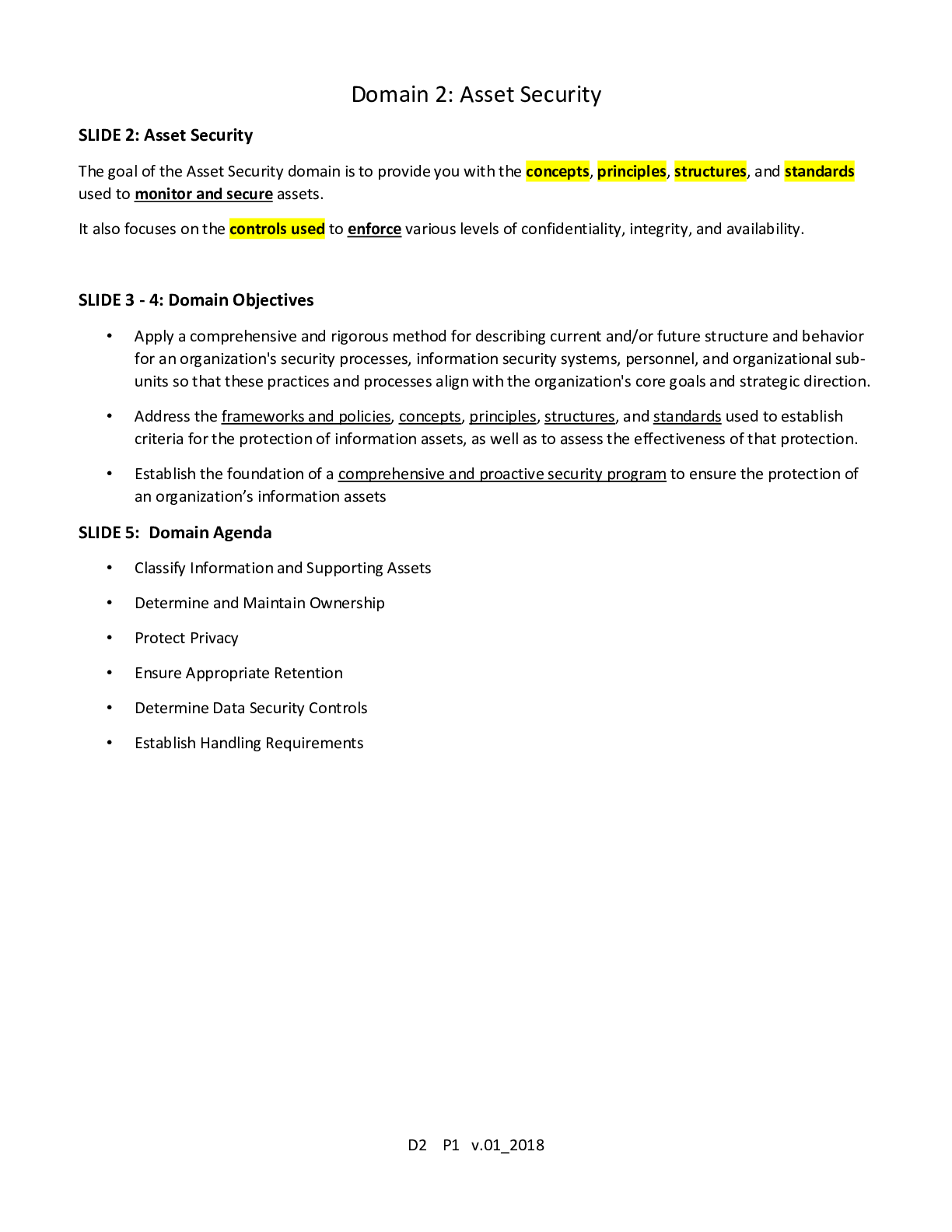
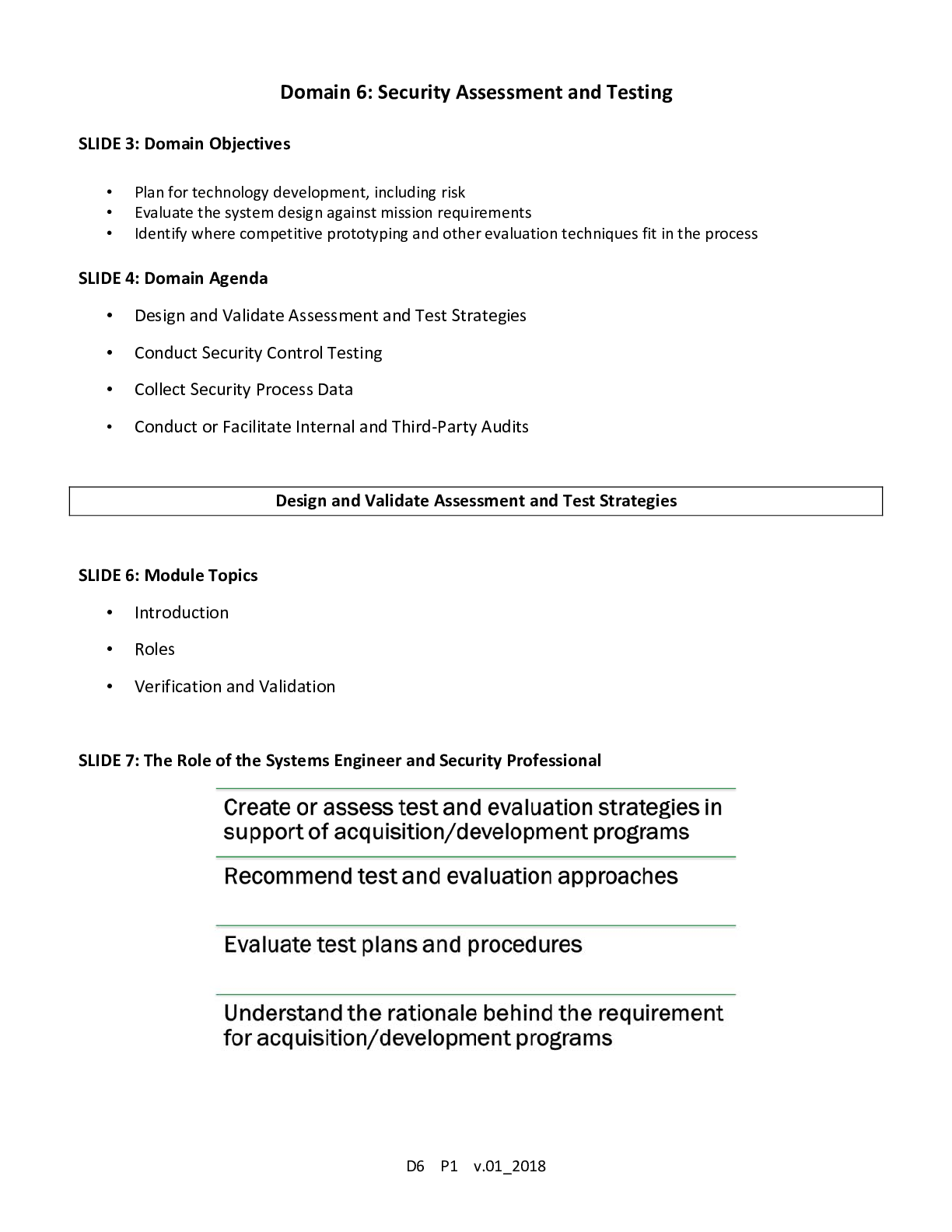


.png)


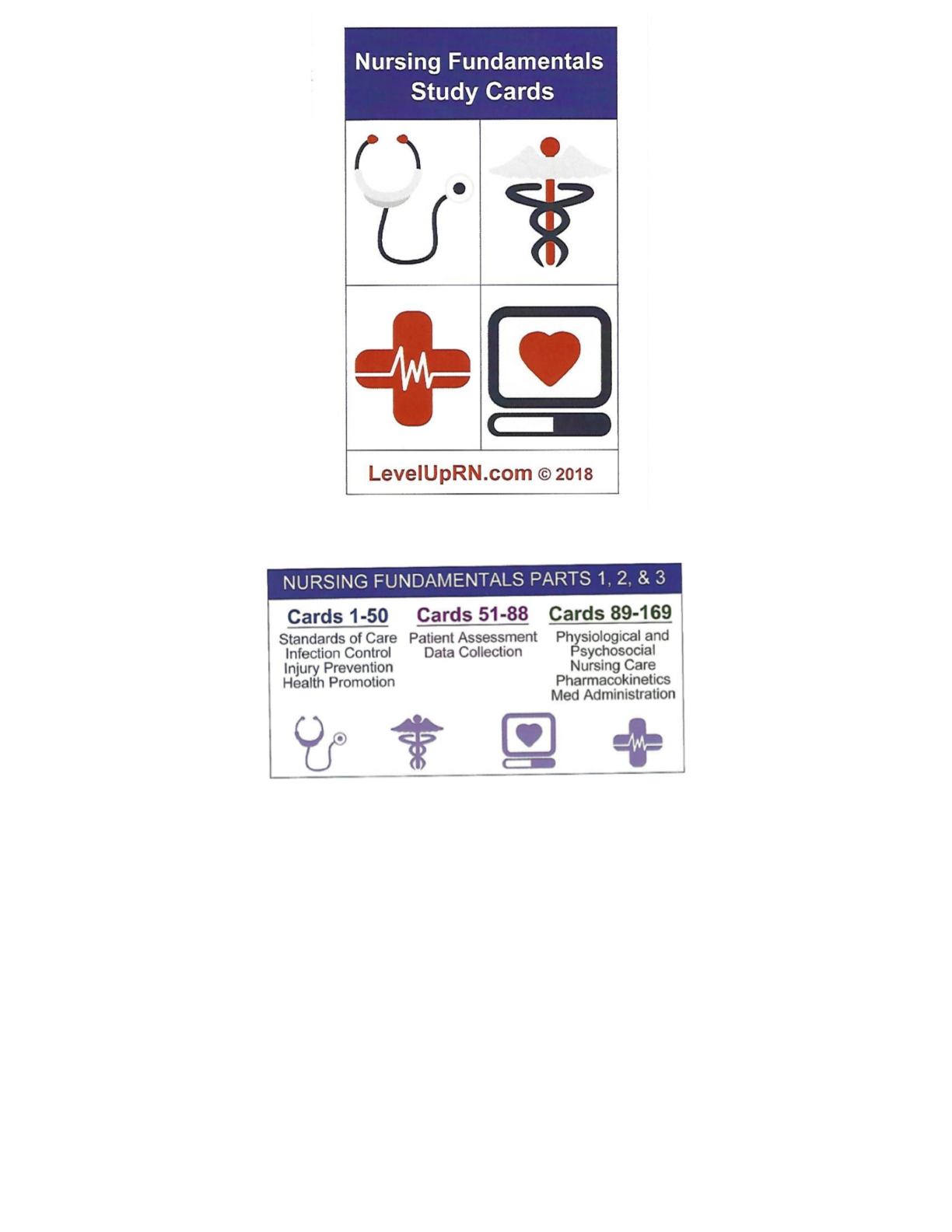

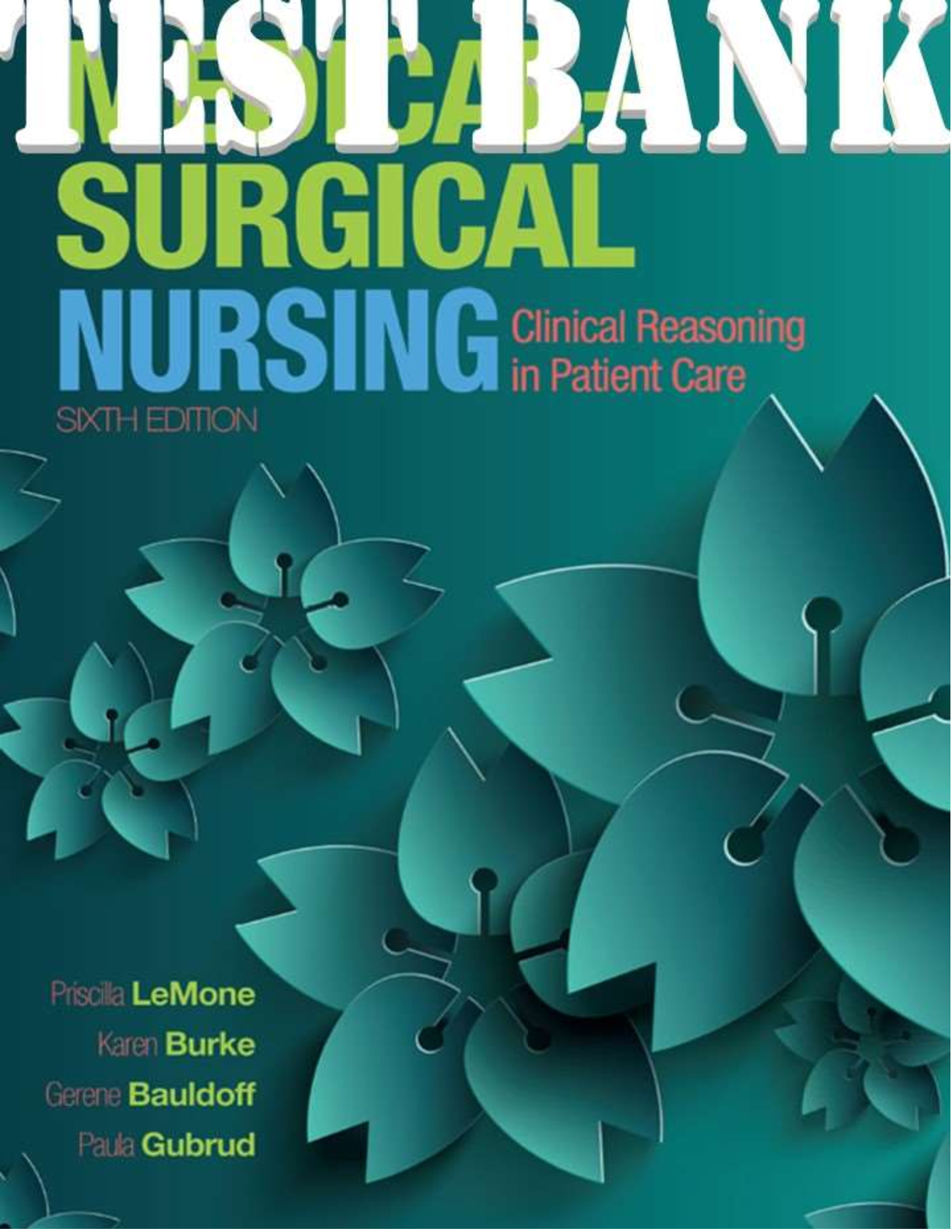
.png)

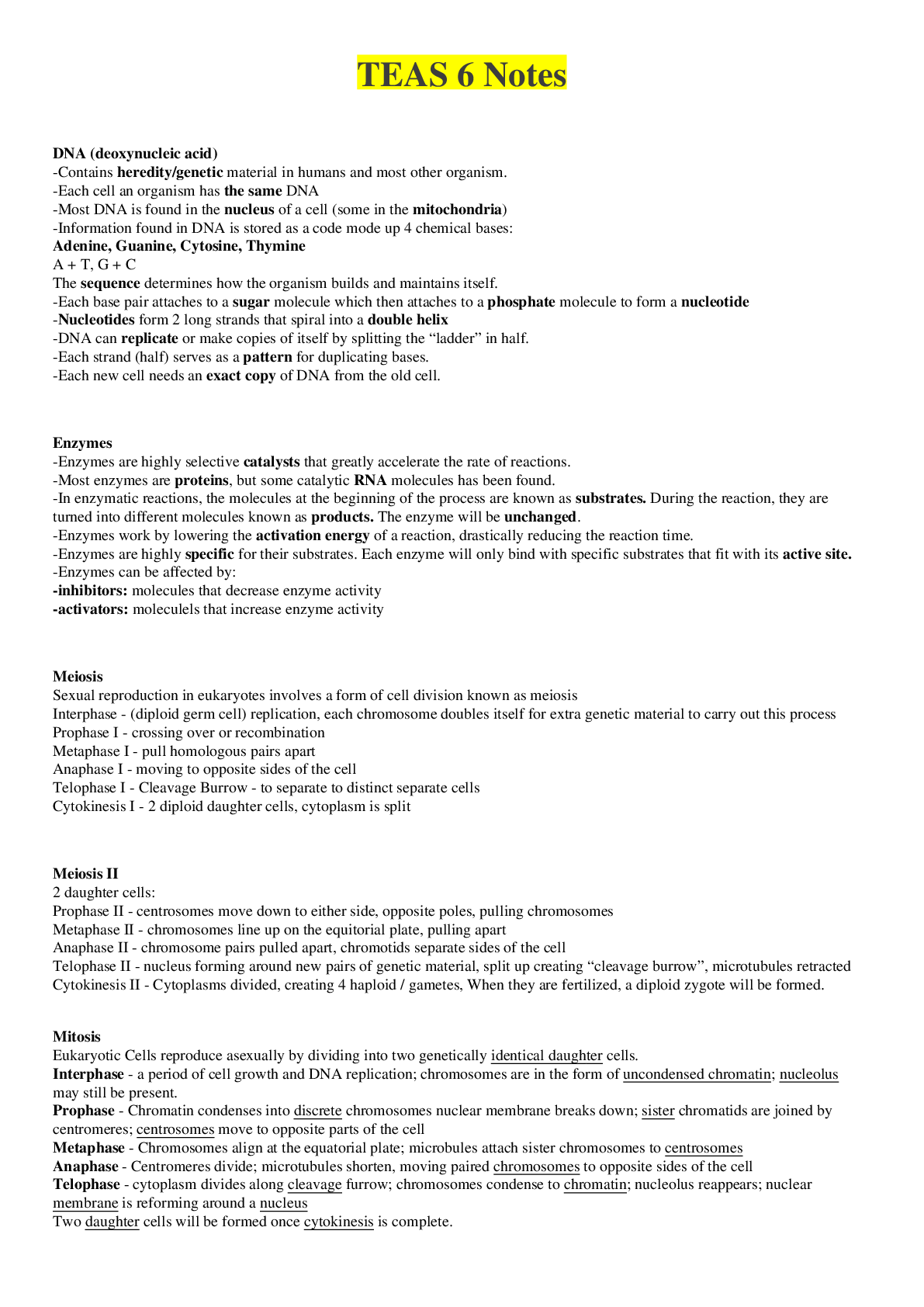

How Do Geographically Dispersed Teams Collaborate Effectively Paper.png)

